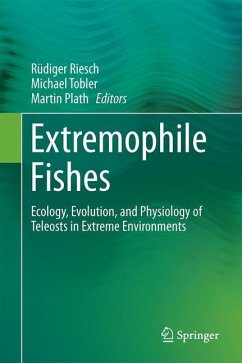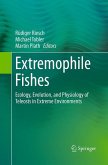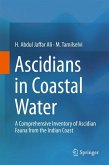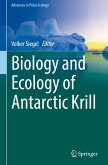This book summarizes the key adaptations enabling extremophile fishes to survive under harsh environmental conditions. It reviews the most recent research on acidic, Antarctic, cave, desert, hypersaline, hypoxic, temporary, and fast-flowing habitats, as well as naturally and anthropogenically toxic waters, while pointing out generalities that are evident across different study systems. Knowledge of the different adaptations that allow fish to cope with stressful environmental conditions furthers our understanding of basic physiological, ecological, and evolutionary principles. In several cases, evidence is provided for how the adaptation to extreme environments promotes the emergence of new species. Furthermore, a link is made to conservation biology, and how human activities have exacerbated existing extreme environments and created new ones. The book concludes with a discussion of major open questions in our understanding of the ecology and evolution of life in extreme environments.
"The volume has been carefully edited so that each of the 10 chapters that cover a type of extremophilia touches on a similar set of points. ... The strengths of this book include its emphasis on integrative combinations of disciplines in each chapter, the breadth of interesting case studies, and the diverse expertise of the authors. ... I recommend it to anyone building a library on research in fishes." (Eric T. Schultz, The Quarterly Review of Biology, Vol. 90 (4), December, 2015)








